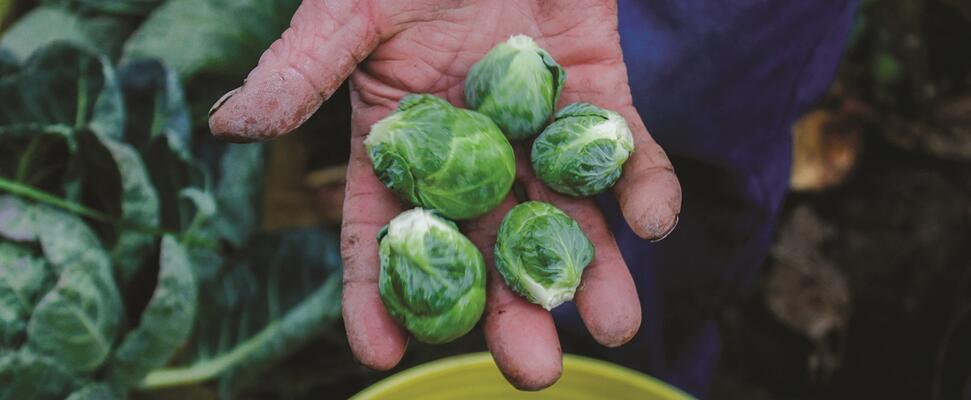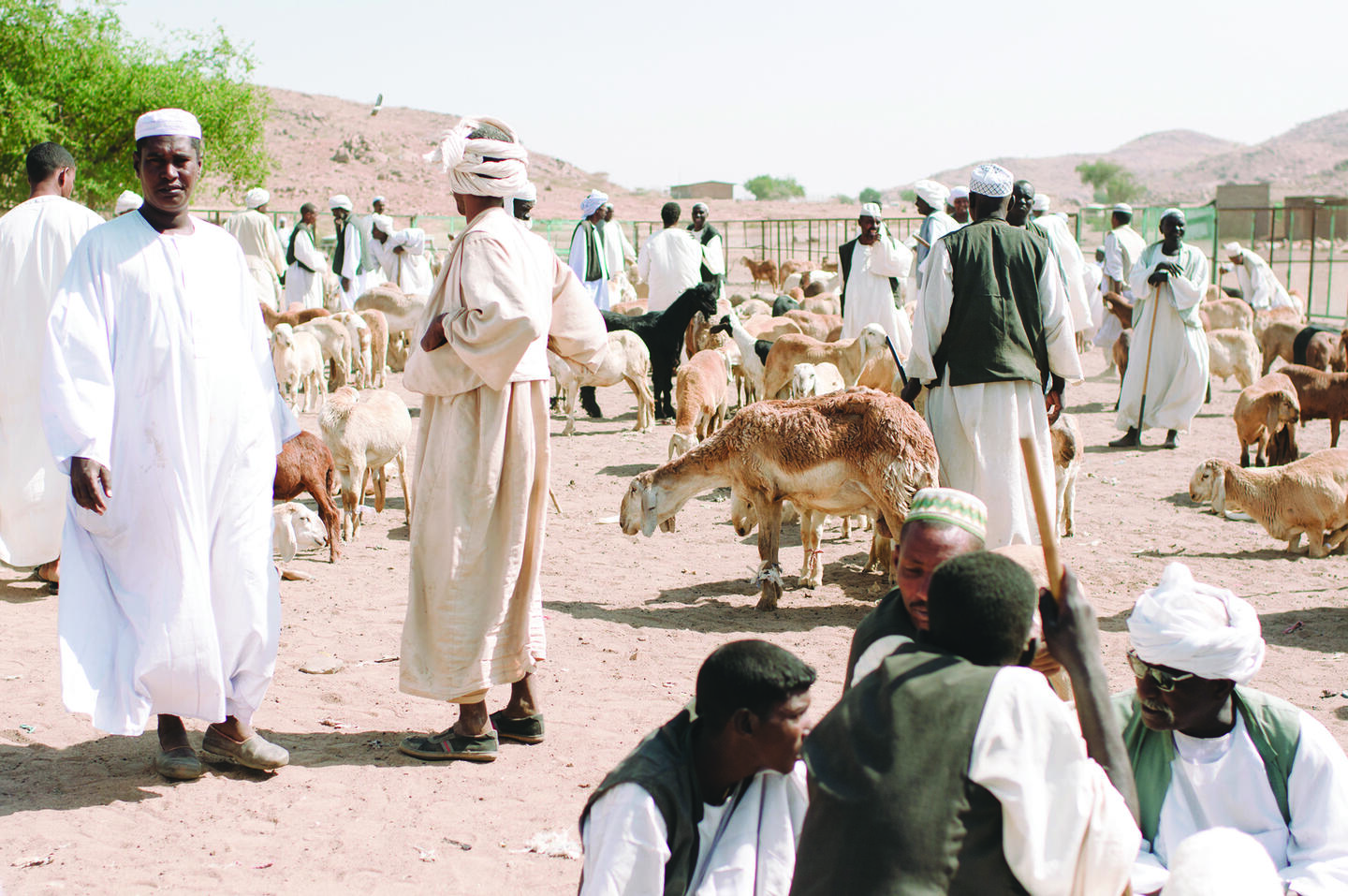
Agriculture trade: regional solutions for global challenges
Why achieving food security would be easier with a local approach
While counting steps to achieve my daily walking goal in the corridors of trade-related organizations in Geneva, I have come across hundreds of negotiators, policymakers, experts and stakeholders on agriculture trade. In my encounters with this myriad of colleagues from across the world, I have come to conclude that we often share common challenges. Three challenges in particular stand out: how to achieve food security, how to move up in agriculture value chains, and how to get access to the global agriculture marketplace.
It is rare, however, that I find any common solutions among my colleagues. One solution I would suggest, which is also cross-cutting, is to go regional.
On food security, a shared global challenge manifested through the United Nations’ Sustainable Development Goal 2, the regional approach may provide a solution by broadening the food-supply base through the formation of regional coalitions.
Regional coalitions – comprising a variety of actors such as agriculture producers, government agencies, and other agriculture – will help create synergies in production and ease pressure on policymakers regarding food availability and distribution. Due to similarities, though not in all cases, in agriculture endowments, production and consumption patterns, a regional marketplace happens to be more logical and practical than the global one. The Association of Southeast Asian Nations (ASEAN) Food Security Reserve Board and the ASEAN Rice Trade Platform are good examples. These aim at ensuring long-term food security and nutrition, to improve the livelihoods of farmers in the ASEAN region through intra-regional trade and sharing resources and exchanging information on production, stocks and utilization of food reserves.
Food security may also be enhanced through intraregional trade in general and agricultural trade in particular. To the extent that increased intraregional trade fosters economic growth and increases employment prospects and the income-earning capacities of the poor, it will enhance access to food.
The challenge of value-addition features in almost all sectors of the economy but probably the most pronounced in agriculture. This is down to low levels of investments in agribusiness and agro-industrialization at the macro level, and a lack of entrepreneurship, capital and even economies of scale at the farmer or micro level.
To help mitigate the investment and entrepreneurship gaps, a regional approach that essentially provides economies of scale and shared knowledge and investment platform, may provide a workable solution. In Africa, the Accelerated Agriculture and Agro-industry Development Initiative PLUS (3ADI+), launched by FAO, IFAD and UNIDO in collaboration with the AfDB and UNECA, in 2010, is a good example to strengthen the regional platform for regional challenges.
Liberalization in trade through the World Trade Organization (WTO) and other international trading arrangements has been witnessed over time but this has rarely gone beyond tariffs. And it has led to little market-access opening for developing countries. Non-tariff measures (NTMs), particularly in the form of mandatory and voluntary standards, have become a major issue, especially for agriculture exporters from developing countries and least developed countries (LDCs).
Focusing on the regional marketplace for exports may help in mitigating this situation. A single regional space offers the best possibility to addressing issues such as food safety and for the relevant standards to be harmonized and mutually recognized among the countries in that space. The regional standardization will provide better and practical platform in seeking harmonization and mutual recognition in other export destinations of higher or different set of food safety standards.

The regional marketplace also requires less spending on logistics and distribution networks and provides better market for most agriculture products due to similarities in taste and food-consumption patterns. In some cases, such as rice, most trade already happens in the regional marketplace, while for some commodities – such as soybeans – producing and consuming regions are often quite distant when it comes to taste and other preferences.
Regional marketplaces also provide a platform for gradual integration in global trade. It is easier to manage unintended consequences of imports and exports at the regional level, as the results and impacts can be gauged and controlled relatively quickly. However, in most of the regional trade agreements (RTAs), agriculture trade still features as protected/sensitive sector.
In most of the RTAs, the issue of reduction in domestic support, for example subsidies to agriculture sector is not covered, while issues related to non-tariff measures (NTMs) are rarely found. The common provisions in such RTAs deal with the issues related to tariff reductions on agriculture imports, avoidance of agriculture export restrictions and safeguards against loss to national agriculture caused by sudden surge in imports.
In fact, increasing the coverage of all aspects of agriculture trade will benefit the partner countries and positively influence the future multilateral trade negotiations on agriculture as the most important issues in WTO negotiations on agriculture are the domestic support (subsidies) and increasing use of NTMs has also been brought to question in the relevant WTO Committees, especially the Sanitary and Phytosanitary (SPS) Committee.
The regional approach may be complemented through implementation of the WTO Trade Facilitation Agreement (TFA), and at the same time, implementation of the TFA would reduce existing bottlenecks and increase intraregional trade flows. For instance, improved border clearance processes, particularly for perishable items, would remove a longstanding hurdle to intraregional trade for agriculture commodities in Africa.
A regional approach towards agriculture trade will also result in more entrepreneurship opportunities at the regional level and gradually make it easier for entrepreneurs to enter and operate at global level. This would logically help achieve value-addition and create more employment. With rapid urbanization and increasing connectivity, consumption patterns, including in food are evolving at a rapid pace. As such, the supply-side needs to be tailored accordingly. This can be done easier at regional than the global or national level due to bigger than national and smaller than global operating scale and more effective and efficient agriculture supply chains at the regional than global level.
Agriculture has always been a sensitive area in the international trading system both for developed and developing countries. Despite delivering well for the global economy in recent decades and achieving a global benchmark for trade liberalization, the multilateral trading system is far from ideal while, at the same time, protectionist sentiments are popping up all over the globe. This situation may lead to a retreat in whatever has been achieved thus far through the WTO. One way to halt such potential retreat in agriculture trade is by going regional. This will ease pressure on policymakers and give confidence to the private sector through continued trade in and across the border marketplaces.



